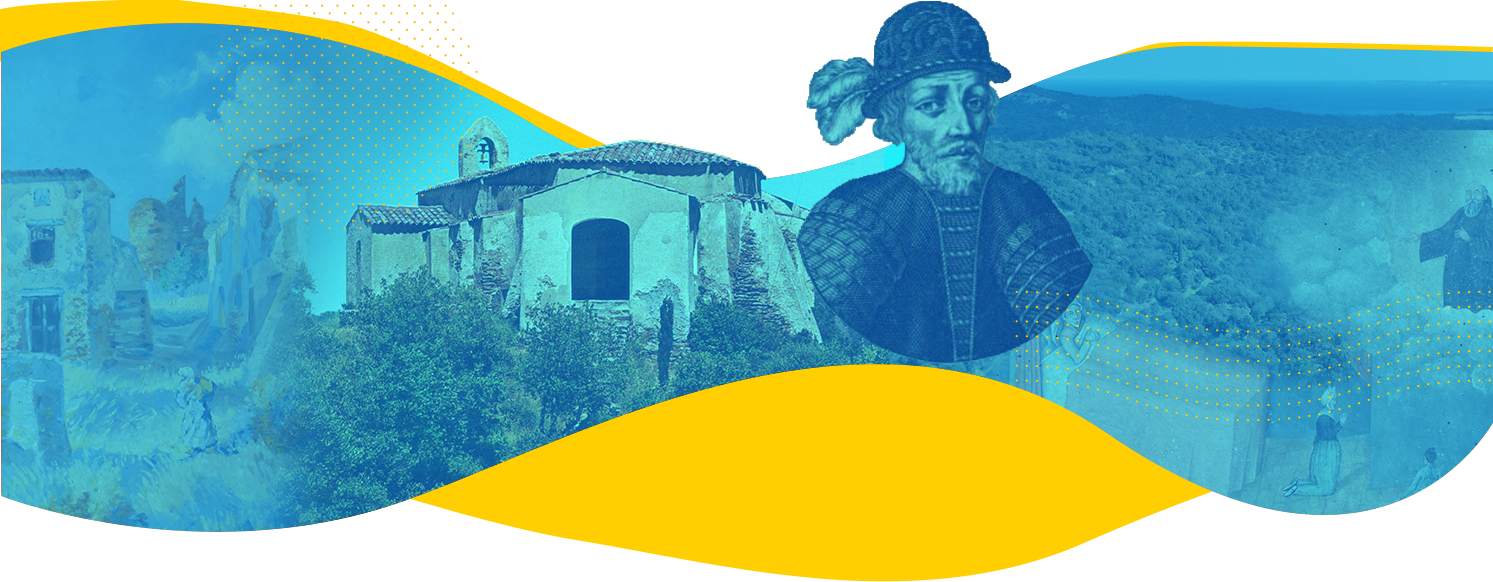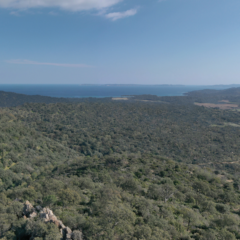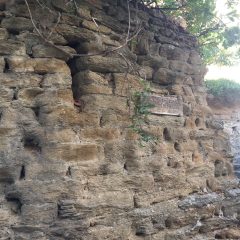


Medieval period
From 475 to 1492
9th century
The time of invasions
After the relative peace brought by “La Pax Romana”, Provence is threatened by invasions of various origins. Looters from the sea or from the direct neighborhood seize property and regularly take hostages who supply the slave markets of North Africa.
This long period of unrest pushes the communities to settle in height. Tired of the repeated attacks perpetrated mainly by the Saracens, the first inhabitants of the territory began to find refuge in the hills of the area of the current village.
973
The battle of Tourtour
The Saracens had settled permanently in the hills of the Garde Freinet (Fraxinet) sector. From their bases, they carried out looting raids, radiating over a very large sector, towards Dauphiné or even the present-day Valais in Switzerland.
In 973, William I of Provence, known as “the Liberator”, raised an army and chased the Saracens from the Moorish hills. The battle of Tourtour, near Draguignan, represents the decisive combat and the final victory. On the liberated territories, the first seigniories were organized, bringing together the different agricultural and pastoral communities according to the geographical area.
1167 to 1196
The castrum
It was in a period between 1167 and 1196 that the village was surrounded by a high wall of local stone, behind which the population could take refuge in case of danger. Indeed, although rid of the threat of the Saracens, the village is however not safe from looters, invaders from the North (Normans) and power-hungry neighbors.
Bormes is now an important Castrum.
It was also during this period that the Notre-Dame de Constance chapel was built on land belonging to the Carthusians of La Verne, nearby. This is a hypothesis since no written record has been kept on this subject. The chapel is still at the top of the village. It probably replaced a small altar dedicated to Diana.
1257
The Lordship of Bormes
Dismissed from the viguerie of Hyères, Roger de Fos inherited, as compensation, several localities and seigniories, including that of Bormes. Roger de Fos will therefore settle at the top of the village in a fortified stately home, thus becoming the 1st lord of Bormes.
27 lords from 3 different houses will follow him until the French Revolution of 1789.
1481
The County of Provence is attached to the Kingdom of France.
1483
The plague in Bormes
Louis XI, King of the French, ill and feeling his end coming, decides to bring a monk from Italy. Founder of the order of the Minimes, the latter would have already performed healing miracles in the regions of present-day Italy. This is François Martoll a, originally from the town of Paola in Calabria, ie Francesco di Paola, Frenchified François de Paule.
The journey from Italy to the royal castle of Plessis lès Tours is strewn with pitfalls. Arriving in Marseille, the procession accompanying François de Paule stopped at the gates of the city. An epidemic of deadly plague is raging in the region. Cities barricade themselves behind guarded walls. François de Paule will also be refused in Toulon. It was only in Bormes that he found hospitality and rest. In exchange for this hospitality, Saint Francis prays that the city be spared the scourge of the plague.
Indeed, the small village will be spared from the epidemic. This legendary protection will last for several centuries, and people will come from all over to take refuge in Bormes during the epidemics of plague or cholera, which followed the passage of François de Paule.

